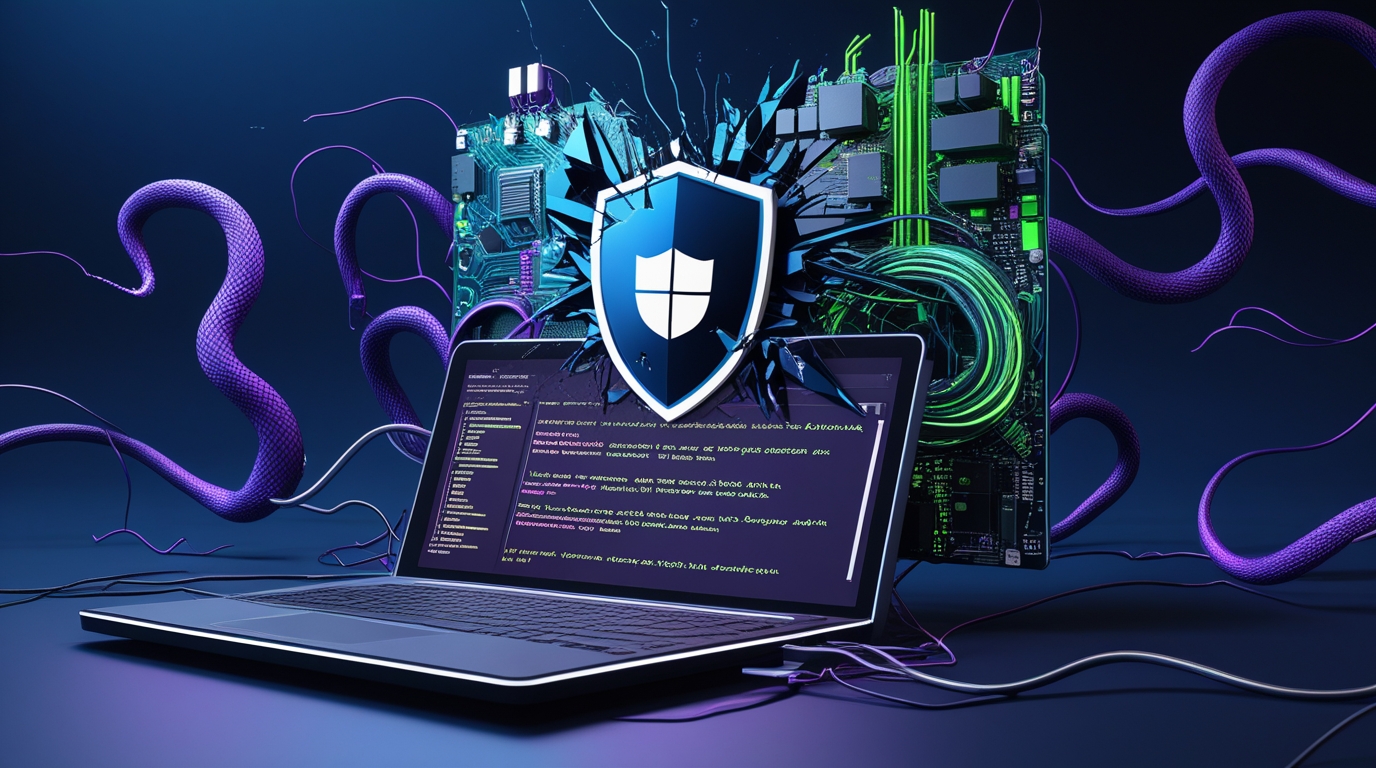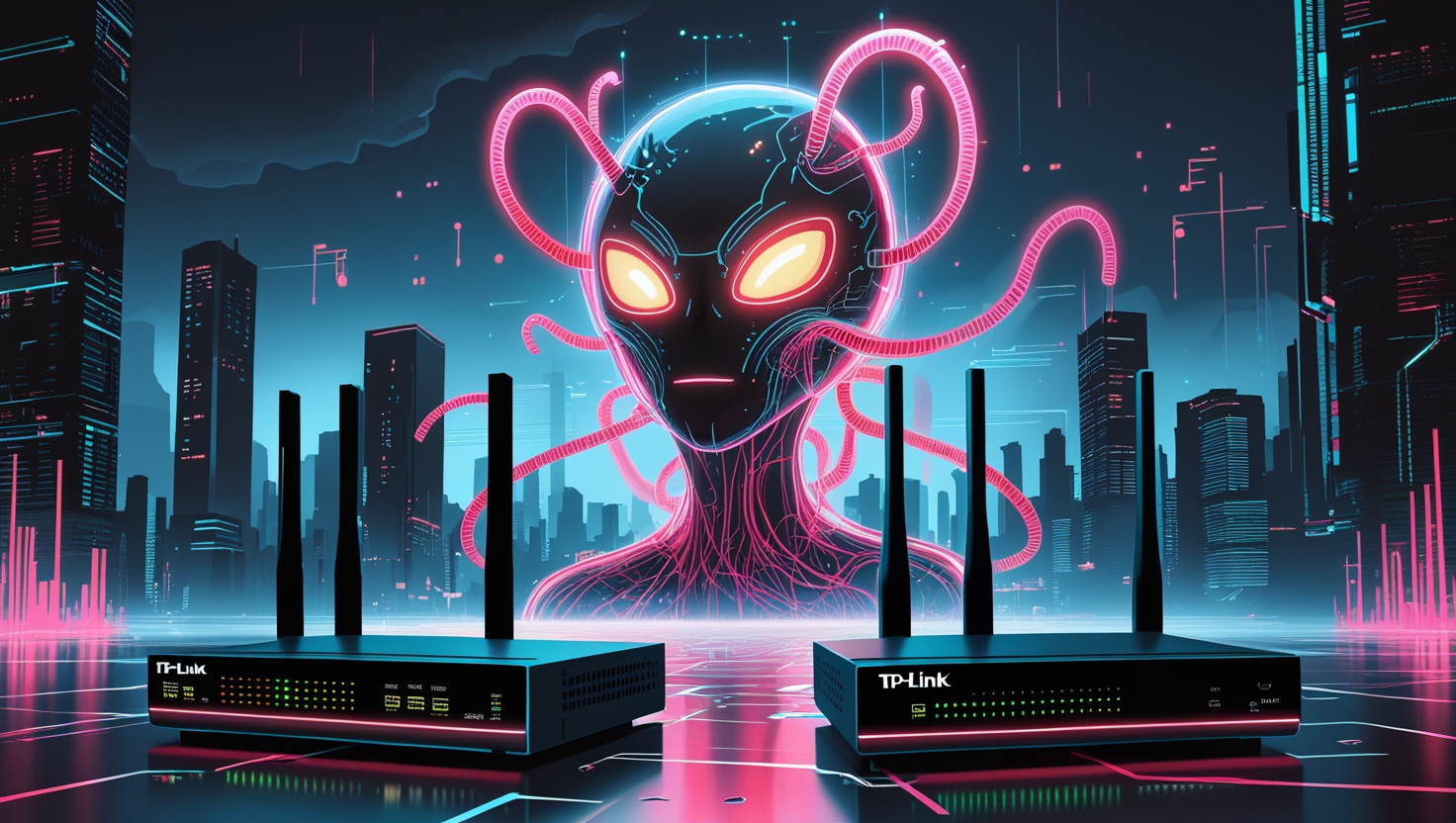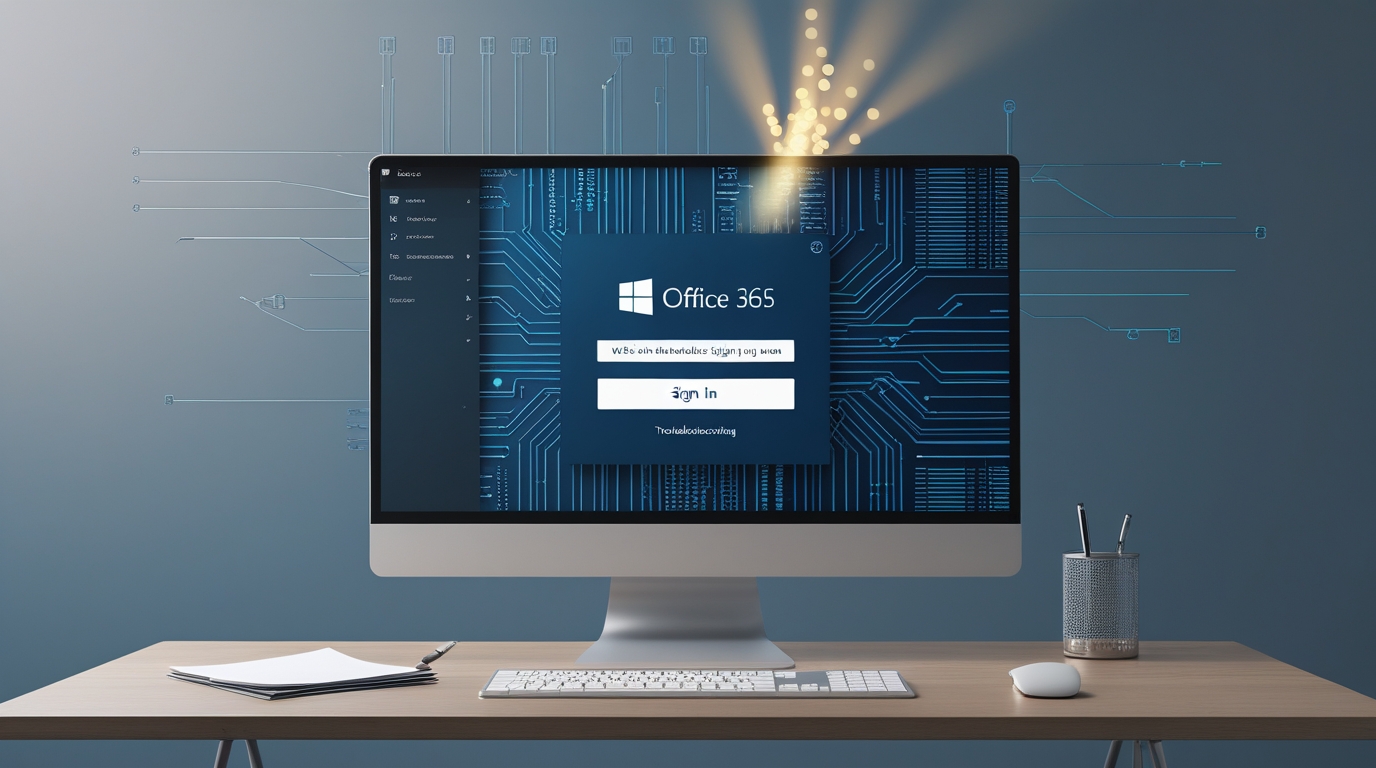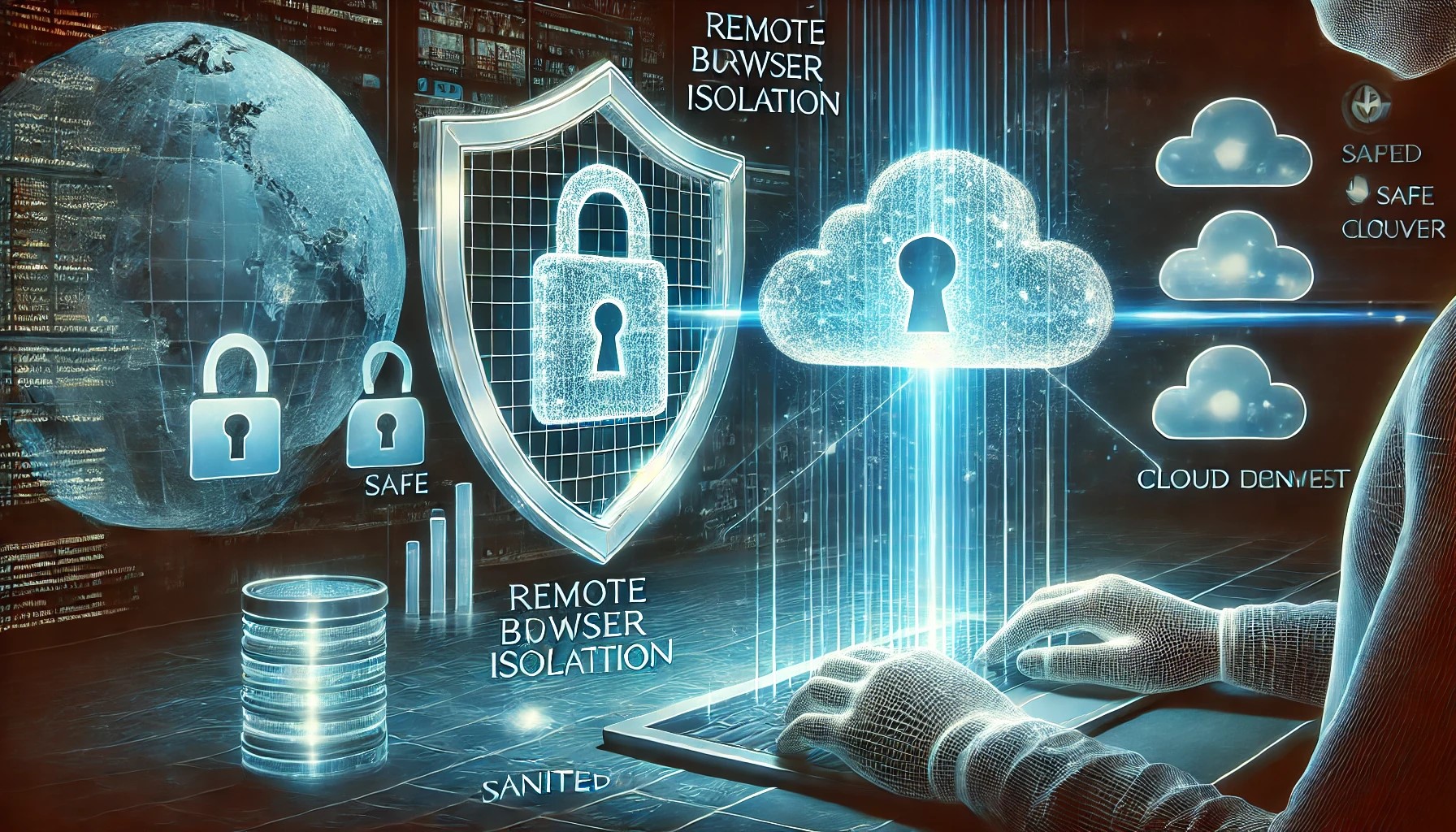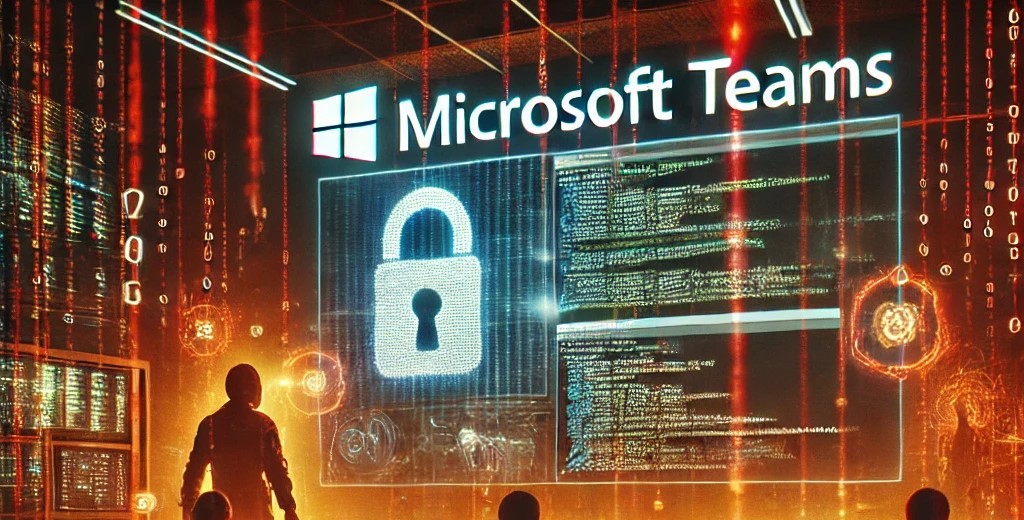Understanding the US Treasury Breach: What Happened and What It Means
In an alarming development, the United States Treasury recently experienced a significant cybersecurity breach. This incident has not only raised questions about the security of sensitive government systems but also underscored the growing sophistication of cyber threats. Here’s a closer look at what happened, the potential implications, and how the breach could reshape cybersecurity strategies in the future.
The Details of the Breach
Initial reports suggest that the breach was orchestrated by a highly sophisticated threat actor, likely with nation-state backing. Early investigations indicate that attackers exploited vulnerabilities in widely-used third-party software service provider, BeyondTrust, to gain unauthorized access to Treasury systems. These systems store and manage some of the most sensitive financial data in the country, making them a prime target for espionage or financial manipulation.
According to cybersecurity experts, the attackers may have been embedded within the systems for months before detection, a chilling reminder of the challenges involved in identifying advanced persistent threats (APTs). The breach is believed to be part of a larger campaign that targeted multiple federal agencies and private-sector organizations.
Implications for National Security
The breach has profound implications for U.S. national security and economic stability. Key concerns include:
- Exposure of Sensitive Data: Compromised information could include financial transactions, proprietary algorithms, and internal communications.
- Undermining Public Trust: Breaches at the highest levels of government erode public confidence in the ability of institutions to safeguard critical systems.
- Escalation of Cyber Warfare: The breach underscores the potential for cyberattacks to be used as tools of geopolitical strategy, potentially escalating tensions between nations.
Lessons and Takeaways
- Proactive Threat Management: Organizations, especially government agencies, must adopt advanced threat detection and response systems capable of identifying APTs in their earliest stages.
- Software Supply Chain Security: This breach highlights the critical need for robust supply chain security protocols to ensure that vulnerabilities in third-party software do not compromise entire systems.
- Interagency Collaboration: Strengthening cooperation among federal agencies and with private-sector partners is crucial for sharing threat intelligence and best practices.
Moving Forward: Strengthening Cybersecurity Posture
In the wake of the breach, the U.S. government is likely to implement sweeping changes to its cybersecurity policies. Key measures could include:
- Increased Funding for Cyber Defense: Allocating more resources to secure federal systems against evolving threats.
- Mandatory Cybersecurity Audits: Instituting regular audits to assess vulnerabilities and ensure compliance with stringent security protocols.
- Public-Private Partnerships: Encouraging collaboration between government agencies and tech companies to innovate and bolster defense mechanisms.
What Can Businesses and Individuals Do?
The Treasury breach serves as a wake-up call for everyone. Businesses should prioritize securing their systems, investing in employee training, and conducting regular security assessments. Individuals, meanwhile, can protect themselves by practicing good cybersecurity hygiene, such as using strong passwords, enabling two-factor authentication, and staying informed about potential threats.
Final Thoughts
The US Treasury breach is a stark reminder of the critical importance of cybersecurity in today’s interconnected world. As cyber threats continue to evolve, so too must our strategies for defense. By learning from this incident and implementing robust security measures, the U.S. can better safeguard its systems and maintain public trust in the digital age.



